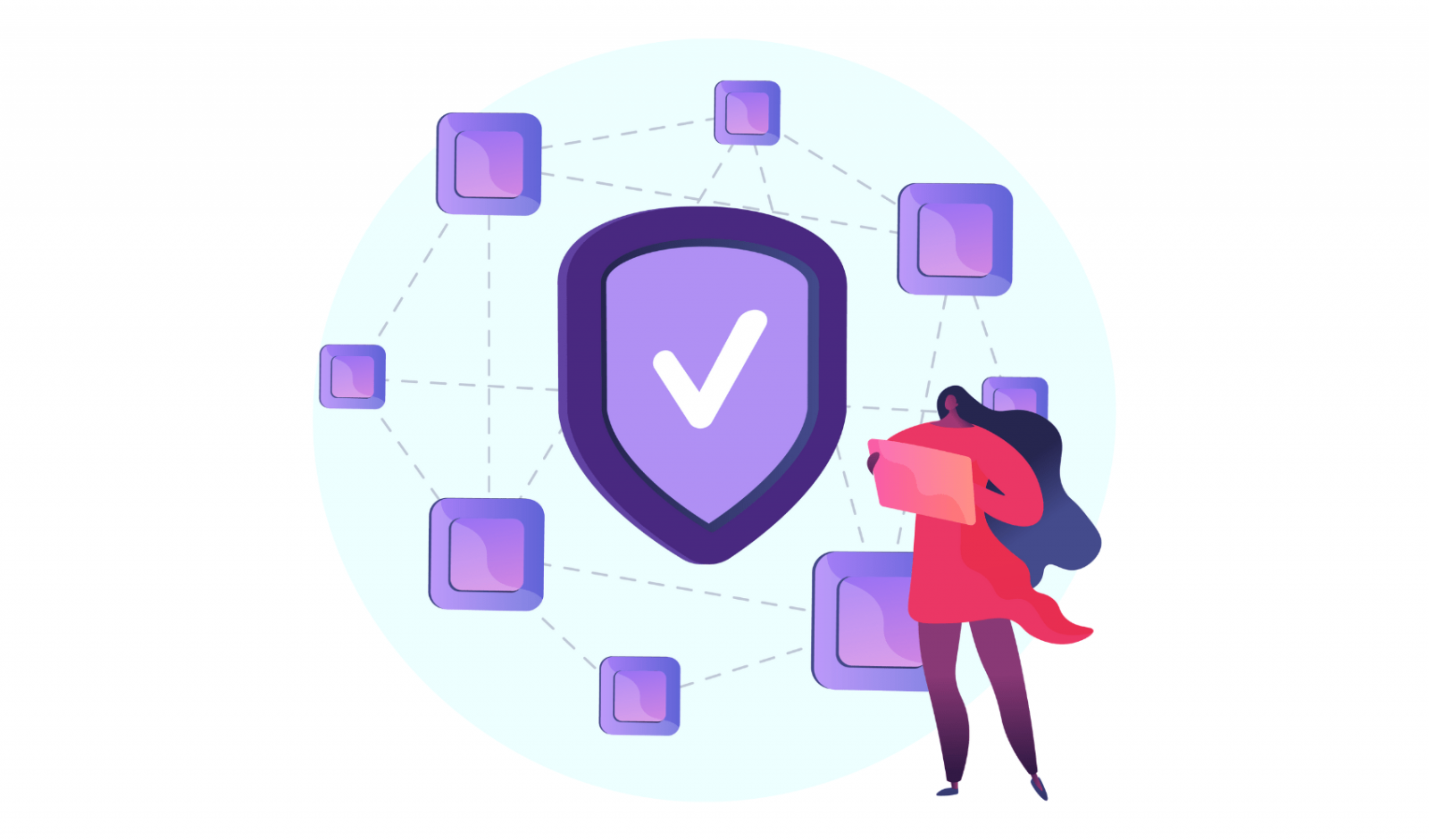In the software testing industry, there has long been confusion over two terms: verification and validation testing. In this article, we'll examine what verification and validation in software testing are, why they are different, and when to use each testing method.
1. Verification and validation in software testing: What makes them different?

"Verification and Validation" are two extensively used concepts in the context of testing. Most of the time, we assume both terms to be interchangeable, yet they are not.
V&V (Verification and Validation) assignments are divided into two categories:
- Producer view of quality
- Consumers' perception of quality
Simply put, a producer's perception of quality refers to the developer's perception of the end output. On the other hand, quality as defined by consumers is the user's perspective of the end product. Thus, when doing the V&V duties, we must keep both of these quality perspectives in mind.
Now, let us first define verification and validation, and then we will use examples to better comprehend these terms.
2. The definition of verification software testing
Verification is the process of analyzing the intermediate work products of a software development lifecycle to ensure that we are on track to create the final result.
In other words, verification is a procedure that evaluates software mediator products to see whether they meet the conditions imposed from the start.
Now comes the matter of what the intermediate or mediating products are.
Documents created throughout the development phases include requirements specifications, design documentation, MySQL database design, ER diagrams, test cases, traceable matrix, and so on.
We sometimes overlook the necessity of examining these documents, but we should remember that reviewing itself can uncover many hidden flaws that, if discovered or addressed later in the development cycle, can be quite costly.
Verification guarantees that a system (software, hardware, documentation, and staff) meets an organization's rules and processes by using the review or non-executable methods.

3. The definition of validation software testing
Validation is the process of determining whether the finished product fits the needs of the business. Simply said, the test execution that we undertake on a daily basis is a validation activity that encompasses smoke testing, functional testing, regression testing, systems testing, and so on.
Validation encompasses all types of testing that include interacting with the product and testing it.
Below is the validating process
- Testing Unit
- Testing for integration
- Testing the system
- User Acceptance Testing (UAT)
Validation physically guarantees that the system runs as planned by putting the system through a set of tests that can be witnessed and evaluated.

4. Key differences between 2 testing types:
|
Verification testing in software engineering |
Validation testing in software engineering |
|---|---|
|
Verification testing reviews papers, designs, codes, and programs. |
Validation testing validates the actual product. |
|
Static testing is used for verification. |
Dynamic testing is used for validation. |
|
It excludes code execution. |
It includes code execution. |
|
Verification methods consist of reviews, walkthru, inspections, and desk-checking. |
Validation methods include Black Box Testing, White Box Testing, and non-functional testing. |
|
It determines whether the software meets specifications. |
It determines whether the program satisfies the needs and expectations of the customer. |
|
It can detect flaws in the early stages of development. |
It can only detect bugs that verification procedure did not find. |
|
App and software architecture and specification are the goals of verification. |
The purpose of validation is to create a working product. |
|
Verification is performed by the quality assurance team. |
Validation is performed on software code with the assistance of a testing team. |
|
This testing process is before validation. |
This testing process is after verification. |
|
It is performed by humans and consists of document/file checking. |
It consists of the program's execution and is carried out by a computer. |
5. When Should Verification Testing Be Used?
Before each feature is implemented, verification tests must be conducted at each step of development.
Consider the "Add to Cart" button as an example. Before beginning work on this button, verification tests would go through all relevant criteria that had been determined during the ideation and brainstorming phases.
Assume the specification specifies that the button must be black with white writing. It should be no larger than 10mm X 10mm and should be visible in the top right corner of every product page on the website at all times. Another product on the website, and another button with the exact wording, color, and size should be added.
Before beginning work on the button, design and requirements documentation must be evaluated, and all relevant specs must be provided. This must be done before working on each feature or element on the page to ensure that the developers do not overlook any guidelines.
6. When Should Validation Testing Be Used
Validation tests must be done after each finished feature or stage in the development process. For example, unit tests, which are a type of validation test, are run after each unit of code is written. After many modules have been developed independently and are ready to be integrated, integration tests are performed.
Cross-browser testing is an important component of validation testing. QAs must ensure that every function, feature, and design element displays and performs correctly on various browser-device-os combinations. For instance, does the "Add to Cart" button appear and function properly on different devices? That’s one of the questions that
Final thoughts:
Verification and validation in software testing are essential components of software development. A software team may be unable to develop a product that satisfies the expectations of stakeholders if rigorous verification and validation are not performed. Verification and validation serve to lower the likelihood of product failure and improve the end product's reliability.
Verification and validation testing are applied in different ways by multiple project management and software development approaches. In Agile development methods, for example, both verification and validation occur concurrently due to the necessity for ongoing system refinement based on end-user feedback.
Automation solutions created with minimum code development can help testers expedite verification and validation operations.
Learn how VNEXT Global can assist you with your testing process!
If you are looking for a trusted IT partner, VNEXT Global is the ideal choice. With 14+ years of experience, we surely can help you to optimize your business digitalization within a small budget and short time. Currently, we have 400+ IT consultants and developers in Mobile App, Web App, System, Blockchain Development and Testing Services. We have provided solutions to 600+ projects in several industries for clients worldwide. We are willing to become a companion on your way to success. Please tell us when is convenient for you to have an online meeting to discuss this further. Have a nice day!












